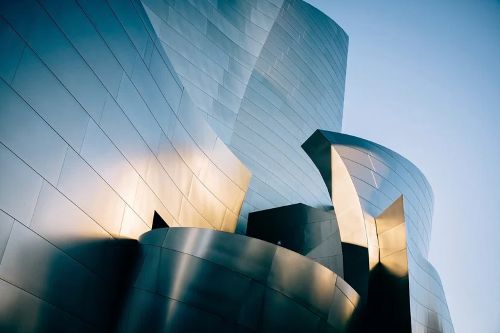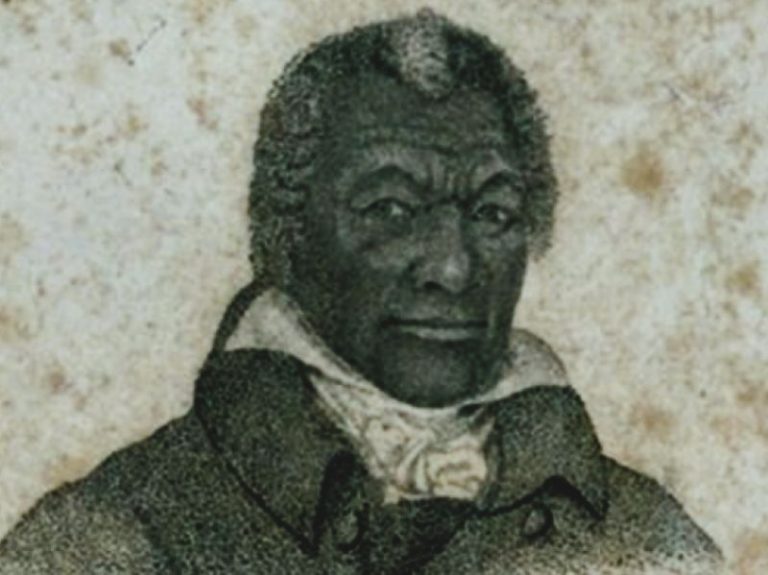

There’s something grounding about history and tradition in a world that moves forward at lightning speed. They remind us where we came from, what shaped us, and what stories lie behind the bricks and mortar of the past. But as times change, so must the spaces we live and work in. The intersection of old and new has given rise to an exciting trend—honoring heritage while embracing innovation.
Blending the Old With the New
Modern design doesn’t mean erasing the past—it’s about reinterpretation. Architects and interior designers are now breathing new life into historic buildings by integrating contemporary features. Think sleek glass extensions on Victorian homes, or minimalist interiors that let exposed beams and stonework shine. These spaces create a dialogue between eras, showing that old and new can coexist beautifully.
One of the most compelling aspects of this design approach is how it brings functionality to previously outdated structures. For example, converting an old barn into a contemporary living space maintains the charm of the original timber frame while updating it with underfloor heating, insulation, and modern appliances. The result is a space that honors the past but works for today’s lifestyle. Another essential feature in many modern homes, particularly those making use of attics and upper spaces, is the inclusion of concertina loft ladders, offering a sleek, space-saving solution that marries practicality with style.
Cultural Continuity Through Modern Aesthetics
Transforming tradition isn’t limited to architecture. Fashion, art, and product design are also seeing a fusion of heritage and innovation. Designers often draw from cultural motifs, historic garments, or local materials, reimagining them through a modern lens. This is particularly meaningful in a globalized world, where retaining a sense of identity is more important than ever.
For instance, modern Japanese architecture still reflects the principles of wabi-sabi—embracing imperfection and simplicity—even in urban high-rises. Similarly, Indigenous patterns are being woven into modern textiles, and traditional craftsmanship is finding new purpose in contemporary furniture and décor.
Sustainability as a Shared Value
One of the surprising bridges between tradition and modern design is sustainability. Many historic structures were built to last, using locally sourced, natural materials. As the design world leans into greener practices, there’s a renewed appreciation for those original methods. Instead of demolishing old buildings, many designers are choosing adaptive reuse—preserving as much as possible while retrofitting them with sustainable technologies.
In this sense, the future of design isn’t about starting from scratch; it’s about revisiting what’s already here with fresh eyes and deeper intention.
The Emotional Power of History in Modern Spaces
There’s an emotional resonance that comes from combining history with modern design. Spaces that tell stories are more than just places to live or work—they become places to connect. Whether it’s a 19th-century fireplace in a renovated loft or antique tiles in a refurbished café, these details create warmth, depth, and character that new builds alone can rarely achieve.
Looking Ahead
As we continue to push the boundaries of design, the challenge is not to forget our roots. By transforming history and tradition with modern design, we don’t lose the past—we evolve it. And in doing so, we create spaces that are not only beautiful and functional but also meaningful.


